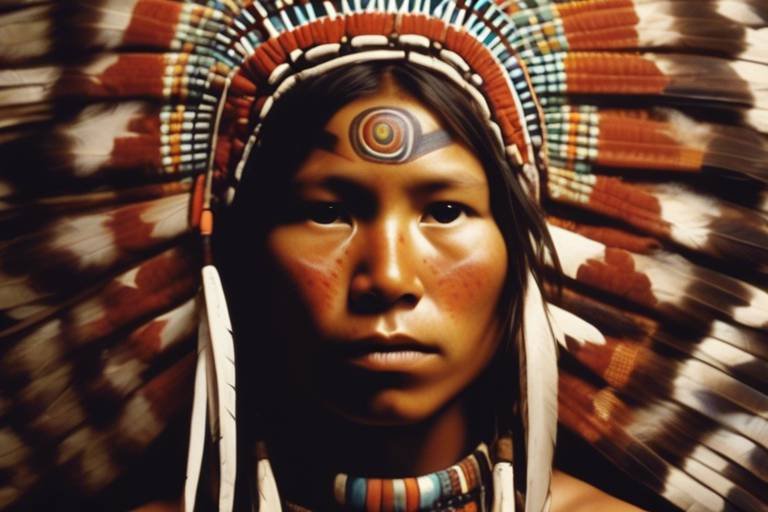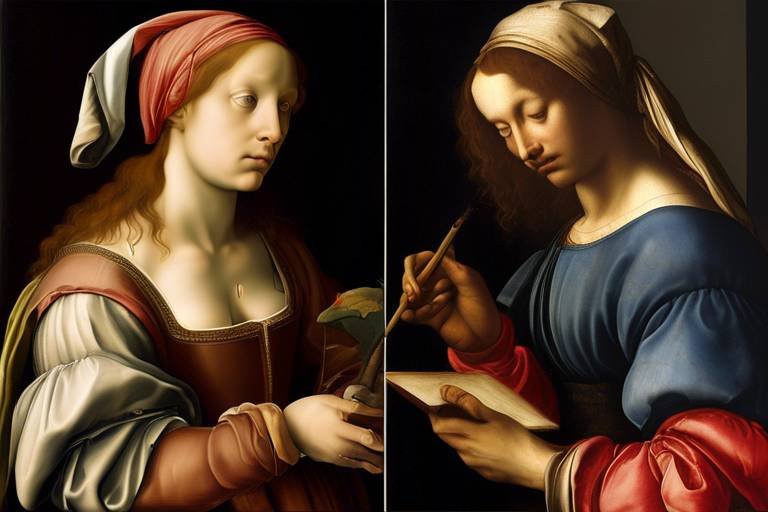The Aesthetics of Art in Indigenous Cultures
Indigenous cultures around the world boast a rich tapestry of artistic expressions that captivate the senses and resonate with deep cultural significance. From the intricate patterns of traditional weaving to the vibrant hues of ceremonial body art, indigenous art forms offer a window into the soul of a community, reflecting their beliefs, values, and connection to the natural world.
Traditional art forms within indigenous cultures encompass a diverse range of practices, including painting, sculpture, pottery, weaving, and body art. These art forms are not merely decorative but serve as a means of storytelling, conveying myths, histories, and spiritual beliefs through intricate designs and techniques passed down through generations.
The spiritual symbolism embedded in indigenous art is a testament to the profound connection these cultures have with the unseen realms. Colors, patterns, and motifs hold deep significance, representing cosmic forces, ancestral spirits, and the interconnectedness of all living beings. Each stroke of the brush or weave of the thread carries layers of meaning, inviting viewers to delve into a world where the material and spiritual merge seamlessly.
Nature serves as both muse and medium for indigenous artists, who draw inspiration from the land, sky, and sea to create works of art that honor and celebrate the environment. Whether through intricate botanical motifs in pottery or symbolic animal representations in painting, indigenous art pays homage to the natural world, reminding us of our interconnectedness with the earth and all its inhabitants.
Ritualistic practices play a central role in indigenous art, with artworks often used in ceremonies and rites of passage to communicate with the spiritual realm. Through dance, song, and visual art, indigenous communities invoke ancestral spirits, seek healing and guidance, and celebrate the cycles of life and death. Art becomes a conduit for transformation, bridging the gap between the earthly and divine.
As indigenous cultures navigate the complexities of modernity, their art forms have undergone a process of adaptation and evolution. Contemporary indigenous artists blend traditional techniques with innovative styles, creating a dynamic fusion of past and present that speaks to the resilience and creativity of indigenous peoples. This blending of old and new ensures that cultural heritage remains vibrant and relevant in a rapidly changing world.
The legacy of colonization has left a profound impact on indigenous art, with practices of cultural appropriation, suppression, and erasure threatening the continuity of artistic traditions. Despite these challenges, revitalization efforts are underway to reclaim and preserve indigenous art forms, empowering artists to reclaim their cultural heritage and pass it on to future generations.
The global influence of indigenous art cannot be overstated, with its aesthetics, motifs, and techniques inspiring contemporary art movements and design trends worldwide. From fashion runways to museum galleries, indigenous art continues to captivate and inspire, reminding us of the enduring power of creativity and cultural expression.
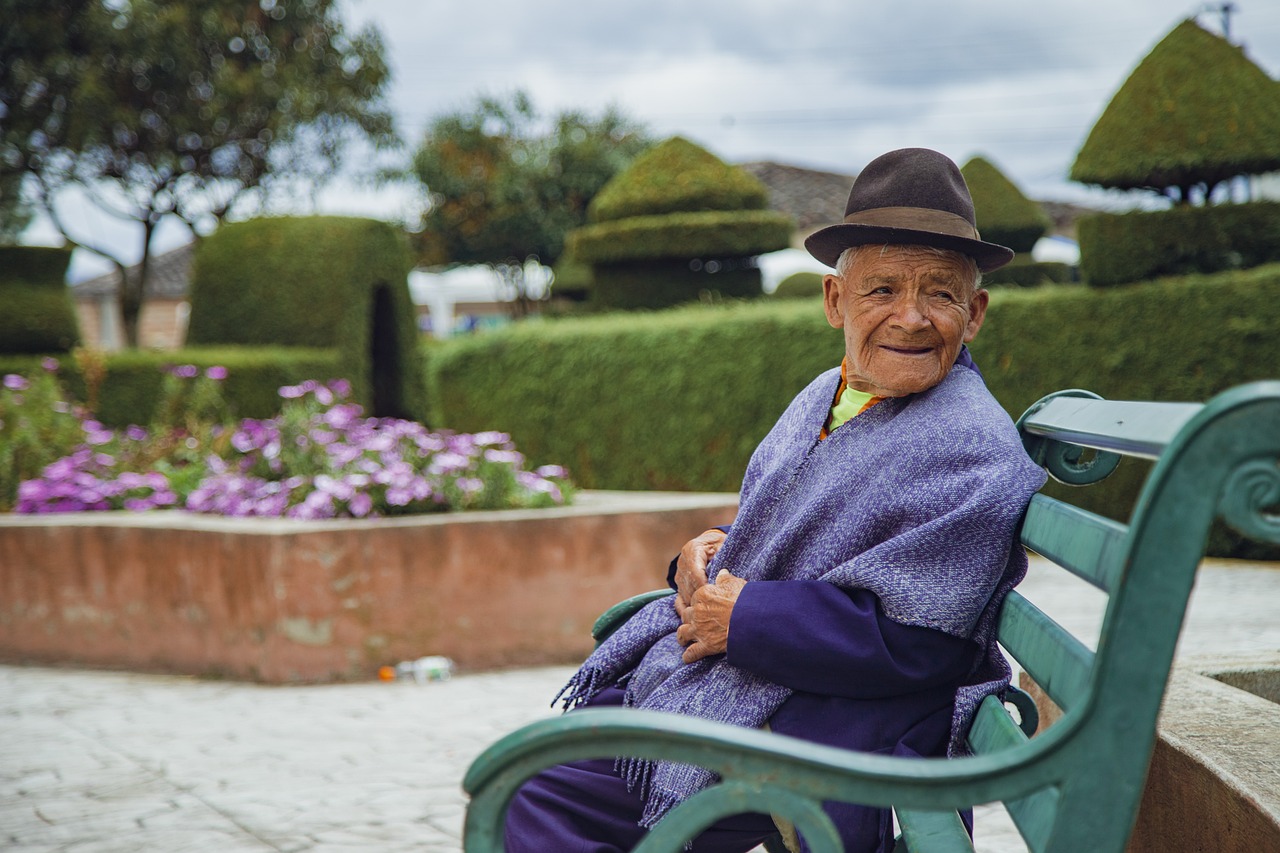
Traditional Art Forms
Exploring the diverse and rich artistic expressions found in indigenous cultures worldwide, highlighting the unique aesthetics, symbolism, and cultural significance embedded in their art forms.
Traditional art forms are the cornerstone of indigenous cultures, reflecting their history, beliefs, and identity. These art forms encompass a wide range of creative expressions, including painting, sculpture, pottery, weaving, and body art. Each art form is characterized by intricate designs and techniques that have been passed down through generations, preserving cultural heritage and storytelling traditions.
Painting in indigenous cultures often involves vibrant colors and intricate patterns, depicting scenes from nature, mythology, and daily life. Sculpture showcases skilled craftsmanship, with sculptures often representing deities, ancestors, or animals with spiritual significance. Pottery is another prevalent art form, with each piece telling a unique story through its shape, design, and symbols.
Weaving is a deeply symbolic art form, with patterns and colors holding cultural meanings and representing connections to the natural world. Body art, such as tattoos and scarification, serves as a form of personal expression and cultural identification, with each mark carrying specific meanings and traditions.
These traditional art forms not only serve as creative outlets but also as a means of preserving cultural knowledge, fostering community cohesion, and honoring ancestral traditions. Through the intricate designs and techniques used in these art forms, indigenous cultures continue to celebrate their heritage and express their unique identities.
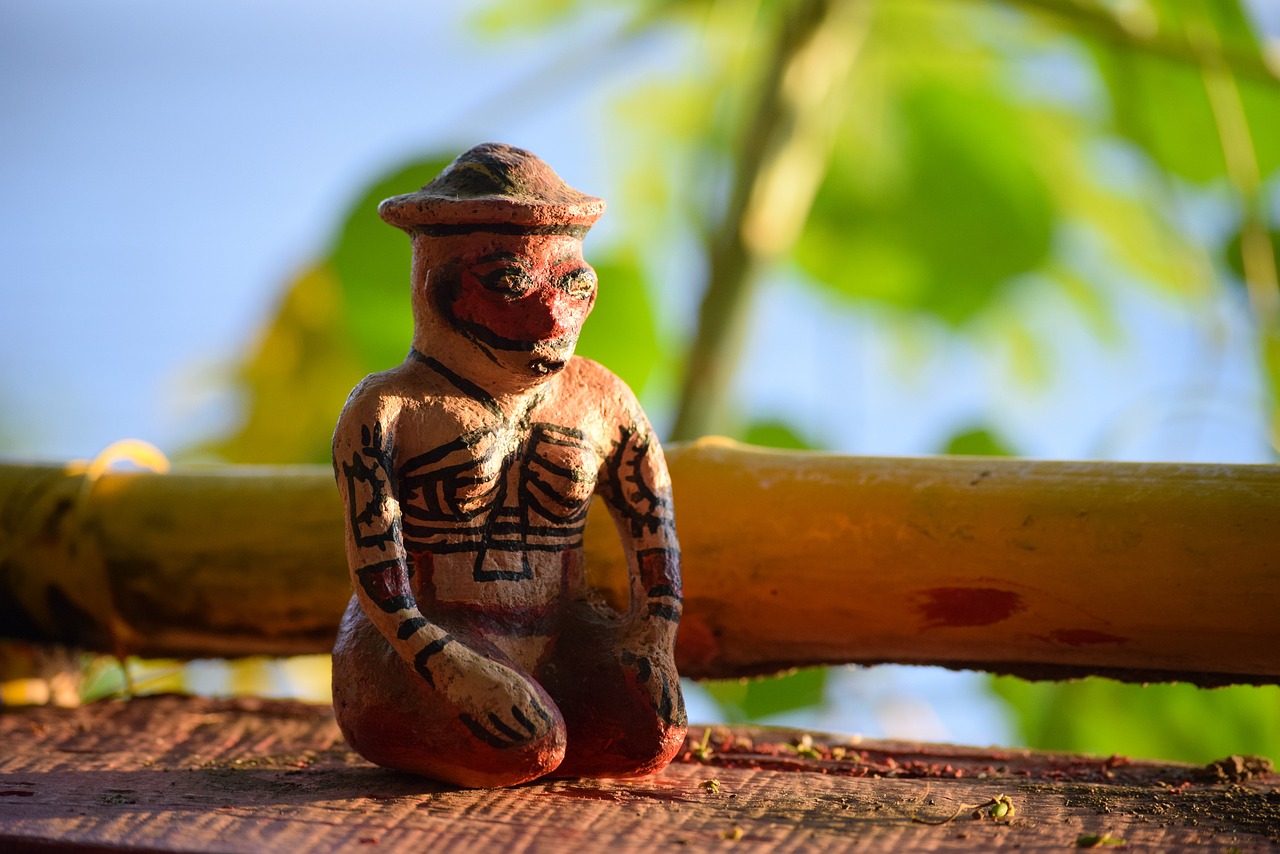
Spiritual Symbolism
Exploring the diverse and rich artistic expressions found in indigenous cultures worldwide, highlighting the unique aesthetics, symbolism, and cultural significance embedded in their art forms.
An overview of the traditional art forms practiced by indigenous cultures, including painting, sculpture, pottery, weaving, and body art, showcasing the intricate designs and techniques used.
Delving into the spiritual and symbolic meanings behind indigenous art, one can uncover a world where elements such as colors, patterns, and motifs are not merely decorative but are infused with deep cultural significance and storytelling. These artistic expressions serve as a visual language, conveying messages that go beyond the surface and connect to the spiritual realm.
Indigenous art has a profound connection to nature, where elements from the natural world are not just sources of inspiration but are revered and incorporated into art forms as a way of honoring and respecting the environment. Through art, indigenous cultures express their harmonious relationship with the Earth and all living beings.
Art plays a crucial role in indigenous rituals and ceremonies, serving as a bridge between the physical and spiritual realms. It is a means of communication with ancestors and deities, a tool for healing and transformation, and a way to maintain cultural identity and traditions through generations.
While rooted in tradition, indigenous art forms have evolved and adapted to modern contexts. Artists blend traditional techniques with contemporary styles, creating innovative artworks that not only preserve cultural heritage but also engage with current issues and trends, showcasing the resilience and creativity of indigenous communities.
The impact of colonization on indigenous art has been profound, leading to cultural appropriation, suppression of art forms, and loss of traditional knowledge. Despite these challenges, indigenous artists continue to reclaim their heritage, reviving ancient practices, and resisting the erasure of their cultural identity.
Ongoing efforts to revitalize and preserve indigenous art forms are essential for safeguarding cultural heritage. Initiatives aimed at reclaiming traditional practices, empowering indigenous artists, and promoting intergenerational transmission of artistic traditions are crucial steps towards preserving the richness and diversity of indigenous art.
The global influence of indigenous art cannot be understated. Indigenous aesthetics, motifs, and techniques have inspired contemporary art movements and design trends, enriching mainstream culture with the depth and beauty of indigenous artistic expressions.
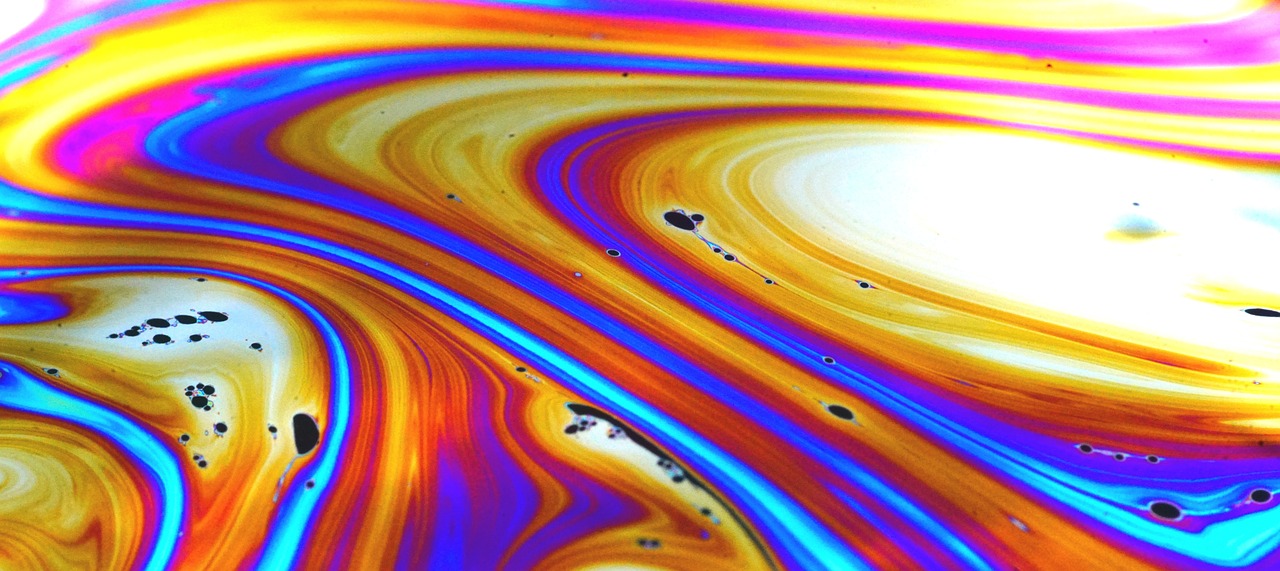
Connection to Nature
Exploring the diverse and rich artistic expressions found in indigenous cultures worldwide, highlighting the unique aesthetics, symbolism, and cultural significance embedded in their art forms.
Indigenous art is deeply intertwined with nature, reflecting the profound connection these cultures have with the natural world. Artists draw inspiration from the environment, incorporating elements like animals, plants, and landscapes into their creations. The use of natural materials such as clay, feathers, and wood not only adds authenticity to the artwork but also symbolizes a harmonious relationship with the earth.
Furthermore, indigenous art often serves as a visual language through which communities express their reverence for nature and their understanding of ecological balance. Each stroke of the brush or weave of the thread is a tribute to the intricate web of life, reminding viewers of their interconnectedness with the environment.
In some cultures, art is believed to hold spiritual power derived from nature, acting as a bridge between the physical and spiritual realms. Through intricate patterns and symbols, indigenous artists convey messages of respect for the land, the cycles of life, and the wisdom of the natural world.
By infusing their art with elements of nature, indigenous peoples not only create visually stunning pieces but also evoke a sense of awe and appreciation for the world around us. The intricate designs and motifs found in indigenous art serve as a reminder of the beauty and importance of preserving our natural heritage.
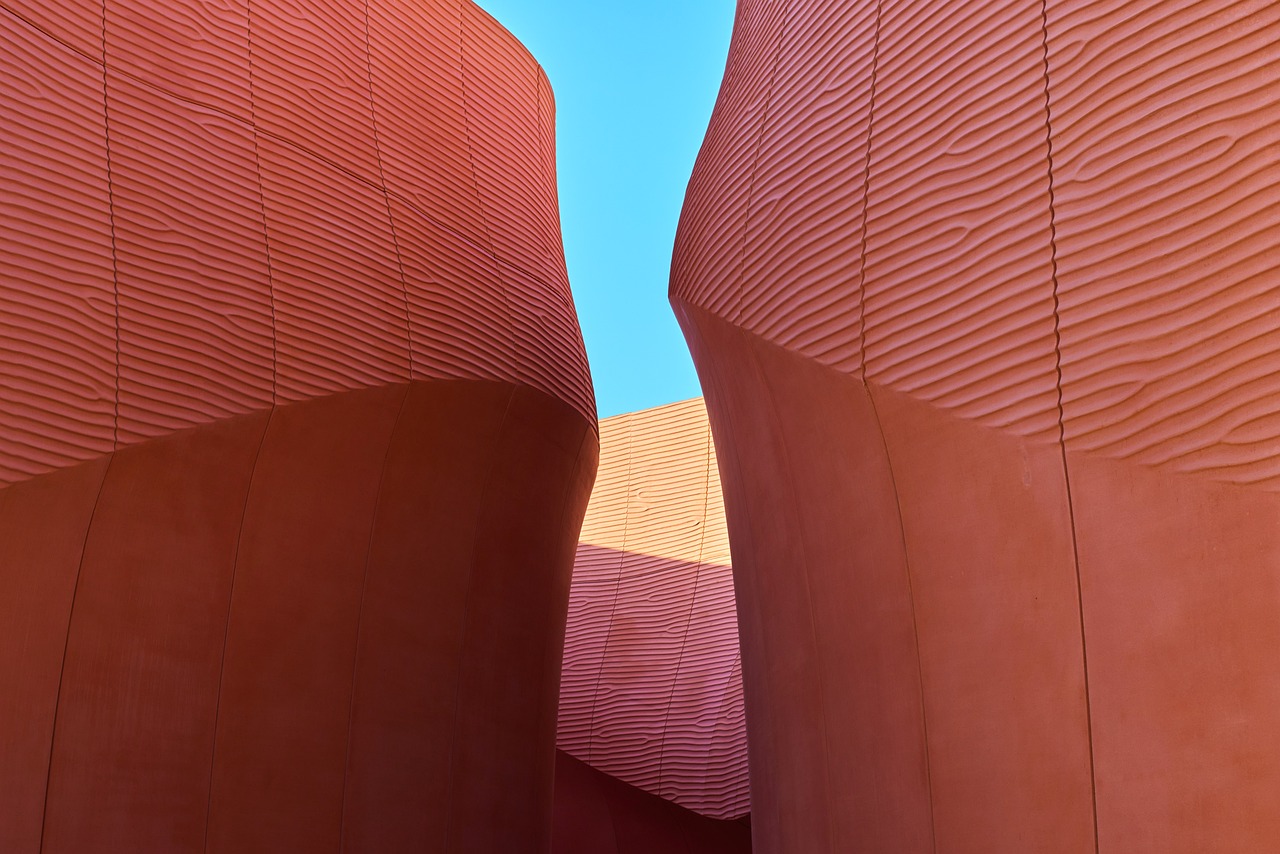
Ritualistic Practices
Indigenous cultures have long utilized art as a powerful tool in their ritualistic practices, infusing their creations with spiritual significance and cultural meaning. Art serves as a bridge between the physical and spiritual realms, enabling communication with ancestral spirits and deities. Through intricate patterns, symbols, and colors, indigenous artists convey stories of creation, mythology, and cosmology, enriching the rituals and ceremonies with visual narratives.
One of the key aspects of ritualistic art in indigenous cultures is its role in healing and transformation. Art is not merely decorative but serves a deeper purpose in facilitating spiritual healing and emotional well-being. Shamans and artists alike use their creative expressions to invoke healing energies, cleanse negative influences, and restore harmony within individuals and communities.
Moreover, indigenous art in ritualistic practices often involves the use of sacred objects and tools that hold specific meanings and powers. These objects, ranging from masks and totems to ceremonial garments and instruments, play a crucial role in ceremonial rituals, acting as conduits for spiritual energies and facilitating connections with the divine.
Artistic rituals are also deeply intertwined with the cycles of nature, reflecting the indigenous belief in the interconnectedness of all living beings. Artists draw inspiration from the natural world, incorporating elements such as animals, plants, and celestial bodies into their creations as a way of honoring and celebrating the earth's abundance and diversity.
Through the act of creating art within the context of rituals and ceremonies, indigenous communities reaffirm their cultural identity, strengthen communal bonds, and pass down ancestral knowledge to future generations. The art produced in these sacred contexts serves as a living testament to the resilience, creativity, and spiritual depth of indigenous cultures.

Contemporary Adaptations
Indigenous art forms have not remained static over time; they have dynamically evolved to adapt to modern contexts while still preserving their cultural essence. Contemporary adaptations of indigenous art showcase a fusion of traditional techniques with innovative styles, reflecting the ongoing creativity and resilience of indigenous artists. By incorporating modern materials and technologies, artists are able to breathe new life into age-old practices, creating art that resonates with both traditional and contemporary audiences.
One notable aspect of contemporary adaptations is the exploration of new artistic mediums and formats. Indigenous artists are experimenting with digital art, installations, performance art, and multimedia projects, pushing the boundaries of traditional art forms and engaging with a wider audience. These innovative approaches not only showcase the versatility of indigenous art but also challenge conventional notions of what indigenous art can be in the modern world.
Moreover, contemporary adaptations of indigenous art often serve as a form of cultural resistance and assertion of identity. In the face of cultural assimilation and globalization, indigenous artists are reclaiming their artistic heritage and asserting their presence in the contemporary art world. Through their creative expressions, they challenge stereotypes, confront historical injustices, and celebrate the resilience and vibrancy of indigenous cultures.
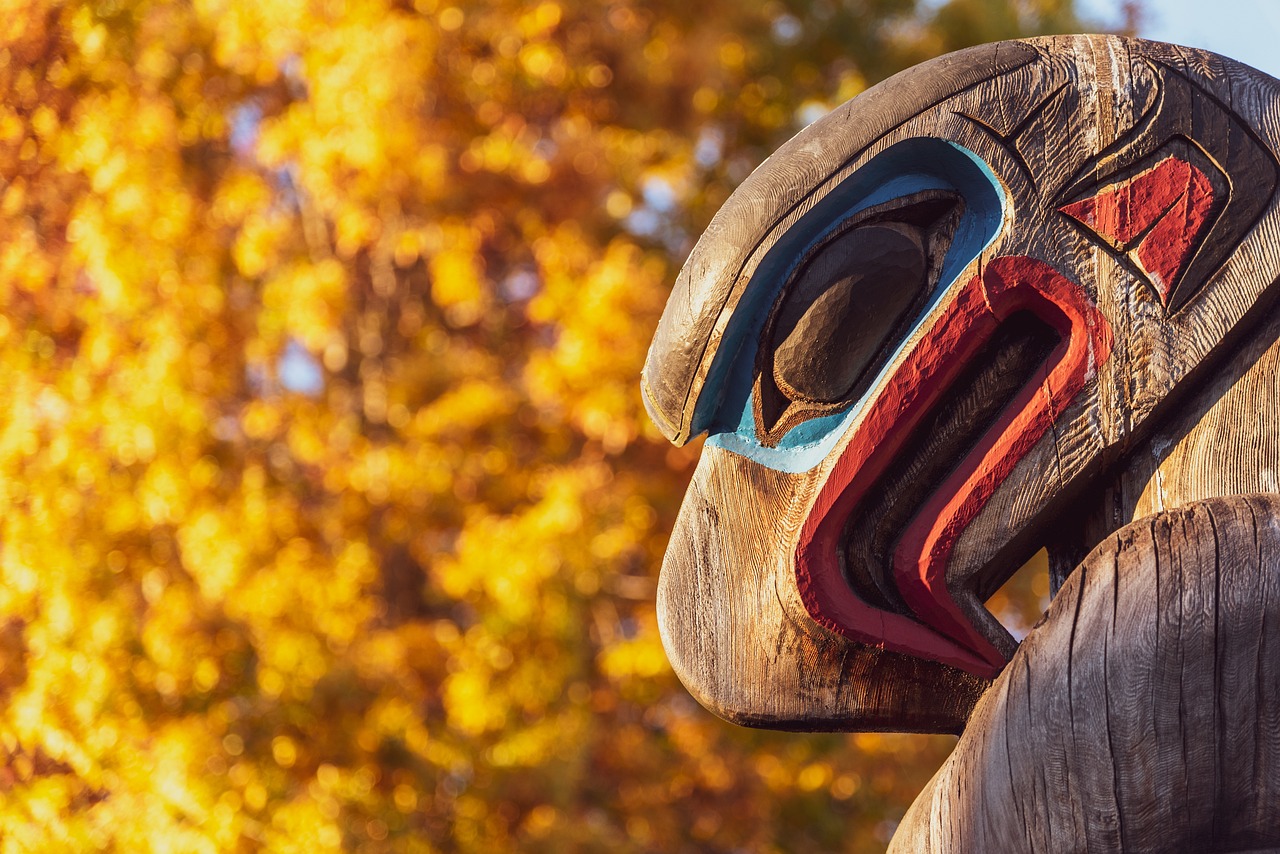
Impact of Colonization
Exploring the diverse and rich artistic expressions found in indigenous cultures worldwide, highlighting the unique aesthetics, symbolism, and cultural significance embedded in their art forms.
Colonization has had a profound impact on indigenous art, altering traditional practices and diminishing cultural authenticity. The imposition of foreign ideologies and values led to the suppression and distortion of indigenous art forms. Many indigenous artists faced challenges in preserving their heritage as colonizers often appropriated their art without understanding its spiritual and cultural significance. The loss of traditional knowledge and artistic techniques further marginalized indigenous art, pushing it to the brink of extinction in some communities.

Revitalization Efforts
Exploring the diverse and rich artistic expressions found in indigenous cultures worldwide, highlighting the unique aesthetics, symbolism, and cultural significance embedded in their art forms.
Efforts to revitalize and preserve indigenous art forms are crucial in maintaining cultural heritage and empowering indigenous communities. Various initiatives focus on reclaiming traditional knowledge, supporting indigenous artists, and ensuring the intergenerational transmission of artistic traditions.
One approach to revitalization is through cultural centers and educational programs that provide resources and training for indigenous artists to hone their skills and showcase their work. These platforms not only serve as spaces for artistic expression but also as hubs for cultural exchange and preservation.
Collaborations between indigenous artists and mainstream institutions have also played a significant role in revitalization efforts. By incorporating indigenous art forms into galleries, museums, and public spaces, these collaborations raise awareness about the richness and diversity of indigenous cultures.
Furthermore, initiatives that focus on community engagement and empowerment are vital in revitalizing indigenous art. By involving community members in art projects, workshops, and events, these efforts foster a sense of pride and connection to cultural heritage, ensuring its continuation for future generations.
Revitalization efforts also extend to digital platforms and social media, where indigenous artists can showcase their work to a global audience, gaining recognition and support for their artistry. This digital presence not only amplifies indigenous voices but also creates opportunities for collaboration and networking within the artistic community.
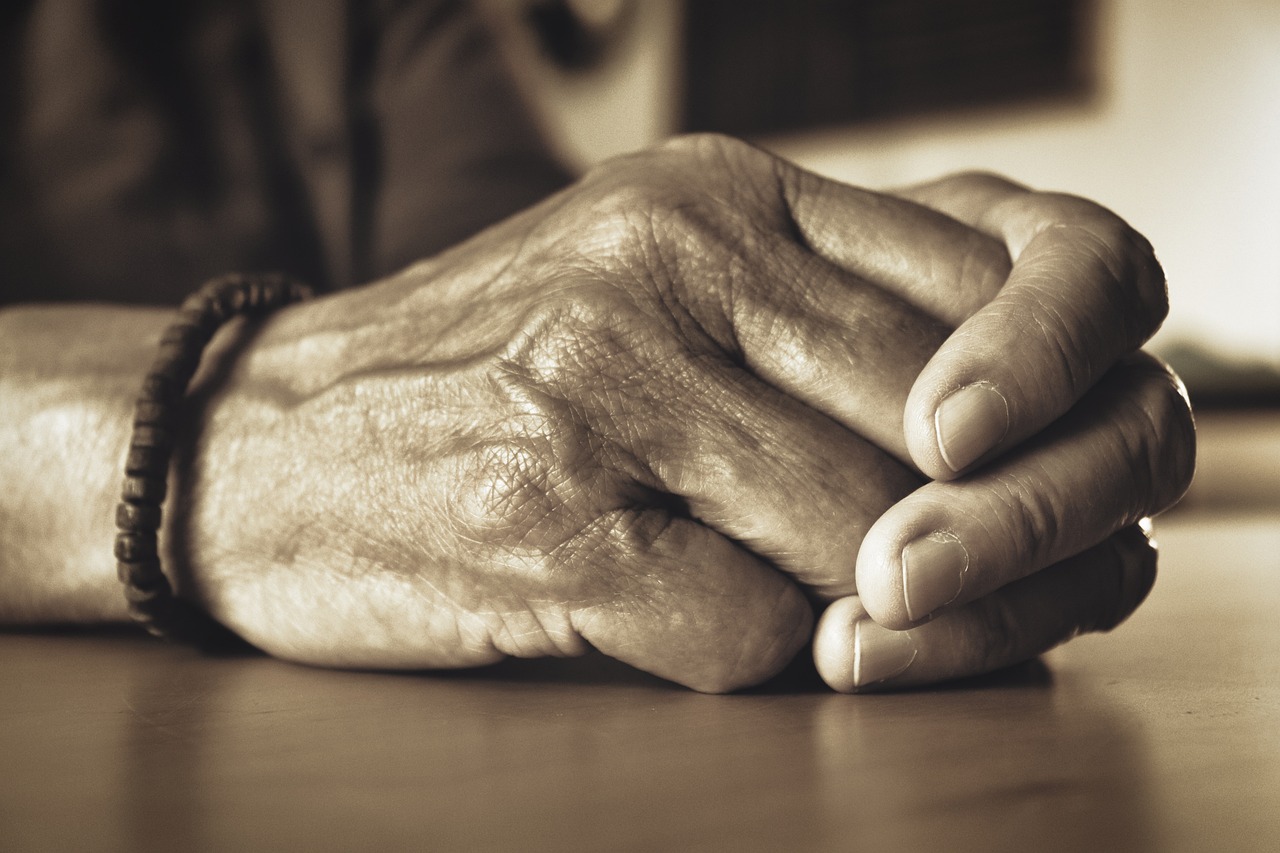
Global Influence
Indigenous art holds a profound influence on mainstream culture worldwide, transcending borders and inspiring contemporary art movements and design trends. The unique aesthetics, motifs, and techniques of indigenous art have captivated artists and designers, leading to a fusion of traditional elements with modern sensibilities. From intricate patterns to vibrant colors, indigenous art has left an indelible mark on the global artistic landscape, infusing it with a sense of cultural richness and diversity.
Frequently Asked Questions
- What are some common themes found in indigenous art?
Indigenous art often features themes related to nature, spirituality, cultural heritage, and community connections. These themes are reflected in the vibrant colors, intricate patterns, and symbolic motifs used in various art forms.
- How is indigenous art connected to cultural identity?
Indigenous art serves as a powerful expression of cultural identity, preserving traditions, stories, and beliefs that have been passed down through generations. It reflects the unique worldview and values of indigenous communities.
- Why is it important to support indigenous artists?
Supporting indigenous artists not only helps preserve cultural heritage but also promotes diversity, creativity, and social justice. By investing in indigenous art, we honor the resilience and creativity of indigenous peoples.
- How can individuals contribute to the revitalization of indigenous art?
Individuals can contribute to the revitalization of indigenous art by learning about indigenous cultures, supporting indigenous artists and initiatives, advocating for cultural preservation, and respecting indigenous artistic traditions.
- What is the significance of traditional art forms in indigenous cultures?
Traditional art forms play a crucial role in indigenous cultures, serving as a means of storytelling, spiritual expression, and cultural transmission. They embody the rich history, knowledge, and values of indigenous communities.

